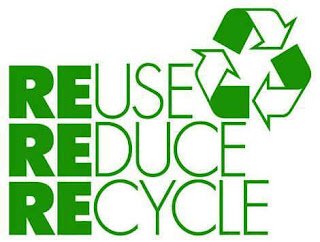-Main focus
-Learning goals
Lesson
- What can you do?
Application
-Action
Intro
 This lesson is more self-challenging to the children and you. After all the previous lesson I think there has been one re-occurring theme, The responsibility we have to keep the place where we live in it's original state and learn from the existing organism's around us. There can never be too much emphasis on taking care of our Earth. Another idea that has brought new light to the Environmental Science world is Bio-mimicry. It's the idea that we are organism's that are learning to adapt to our surroundings. It's the action of observing and learning from live organism's, their habits, and habitat's. It's breaking down simple life cycles or life patterns and using it to adapt to our environment. It's letting nature educate us!
This lesson is more self-challenging to the children and you. After all the previous lesson I think there has been one re-occurring theme, The responsibility we have to keep the place where we live in it's original state and learn from the existing organism's around us. There can never be too much emphasis on taking care of our Earth. Another idea that has brought new light to the Environmental Science world is Bio-mimicry. It's the idea that we are organism's that are learning to adapt to our surroundings. It's the action of observing and learning from live organism's, their habits, and habitat's. It's breaking down simple life cycles or life patterns and using it to adapt to our environment. It's letting nature educate us!This is only the beginning in our road of education to being a more Earth conscious people. If this was the only reason to have a force behind conservation, then it would be sufficient. If it were only for the education that we could enjoy nature for; then we would be a very smart population but a popuplation in distress. There needs to be action. We need to move. Conservation is the key!

Lesson
What can you do?
-Everyone can participate in the work of restoring their neighborhood around them. Most people just don't know how easy it is. With a little education and initiative; you can make a great contribution to nature. Don't we all want our future generations to enjoy the beautiful, rich, and breath-taking world that we have?
1. Pick up Litter- With your fellow classmates and parent teachers, you can circle your neighborhood, school, religous facity, or near by park. If you really open your eyes, you will see that litter is everywhere, just pick it up!
2. Remove invasive species- Learn and find out what kind of invasive species are in your neighbord and what attracts them. You can do removal of invasive species in your yard or on campus, really; anywhere! It's something as simple as pulling weeds and moving rocks.
 3. Replant native species- Take time to find out what native species are in your area and learn what possibilities are to enhancing and enriching natural life around you. You can create your own wetland in your backyard, giving life to many organism's around you.
3. Replant native species- Take time to find out what native species are in your area and learn what possibilities are to enhancing and enriching natural life around you. You can create your own wetland in your backyard, giving life to many organism's around you.4. Plant a tree or a garden- You can never go wrong with planting a tree and keeping up on it's growth. Everyone should plant atleast one tree in their life as payment of debt to nature.One of the best ways to do that is creating your own garden to watch and tend to. You will be amazed how thing's you plant Grow on you!

Application
-ACTION!!!
Environmental Science: A Global Concern- Cunningham & Cunningham, Eleventh Edition(2010)













